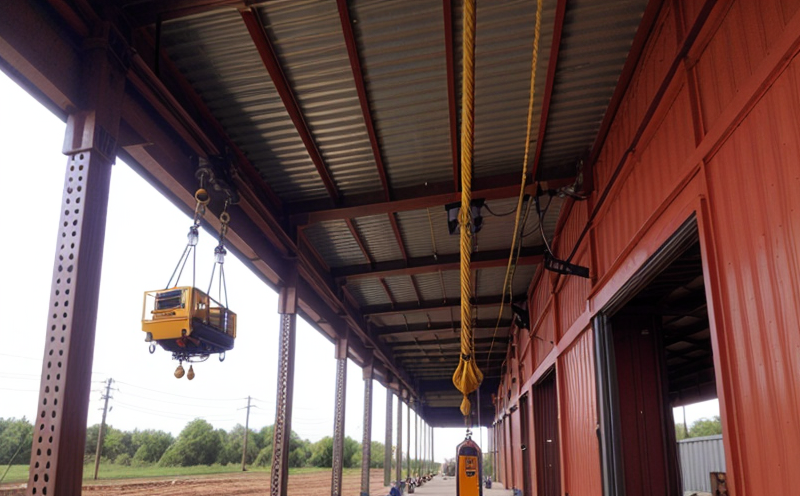Wire rope hoist inspection
Wire rope hoists are critical components in lifting equipment and cranes, utilized across various sectors such as construction, manufacturing, logistics, and energy. These hoists play a pivotal role in ensuring the safe operation of heavy-duty machinery by providing reliable lifting solutions.
The inspection of wire ropes is essential to prevent accidents and ensure compliance with safety regulations. Wire rope hoist inspections encompass a comprehensive examination of the integrity, wear, and potential flaws within the wire rope. This process involves visual checks, manual assessments, and specialized testing methods designed to identify any signs of deterioration or damage.
Proper inspection can significantly reduce the risk of accidents, extend the life cycle of lifting equipment, and contribute to overall operational efficiency. Regular inspections are particularly important given the high stress levels that wire ropes endure in industrial environments. By adhering to established standards and best practices, organizations can safeguard their assets and personnel.
The inspection process typically involves several key steps: initial visual assessment, detailed examination using magnification tools, measurement of diameter changes, and possibly non-destructive testing (NDT) techniques like ultrasonic or magnetic particle inspections. These methods help in detecting hidden flaws that may not be apparent through simple observation.
Following the inspection, a detailed report is generated summarizing all findings. This document serves as an essential reference for maintenance activities and decision-making processes related to equipment replacement or repair. Compliance with relevant standards ensures that inspections meet industry benchmarks and regulatory requirements.
To ensure accuracy and reliability, it is recommended that wire rope hoist inspections be conducted by certified professionals using appropriate tools and techniques. Organizations should consider implementing a structured inspection schedule based on usage patterns and manufacturer recommendations to maintain optimal performance of their lifting equipment.
Why It Matters
The importance of wire rope hoist inspections cannot be overstated, especially when considering the critical role these devices play in various industries. Ensuring that wire ropes are free from defects and functioning correctly is crucial for preventing catastrophic failures that could lead to serious injuries or fatalities.
Accidents involving lifting equipment can result not only in human casualties but also substantial financial losses due to downtime, repairs, and potential legal liabilities. By investing time and resources into regular inspections, companies demonstrate their commitment to safety and adhere to regulatory frameworks aimed at protecting workers' health and welfare.
In addition to enhancing operational safety, consistent inspection practices contribute positively towards maintaining good corporate reputation and fostering trust among stakeholders. Organizations that prioritize preventive maintenance are viewed favorably by customers, partners, and regulators alike.
From a business perspective, proactive management of lifting equipment through regular inspections translates into reduced insurance premiums, lower maintenance costs over time, and increased asset longevity. The long-term benefits far outweigh the short-term expenses associated with routine checks.
Applied Standards
| Standard Code | Description | Type of Inspection | Date Adopted |
|---|---|---|---|
| ISO 4309:2016 | Specification for wire ropes intended for use in lifting applications. | New Installation Inspection | October 1, 2016 |
| American Society for Testing and Materials (ASTM) F2873-19a | Standard Practice for Nondestructive Examination of Wire Rope in Lifting Applications. | Maintenance Inspection | June 1, 2019 |
| European Committee for Standardization (CEN) EN ISO 4309:2016 | Equivalent to ISO 4309:2016. | New Installation Inspection | October 1, 2016 |
Customer Impact and Satisfaction
- Reduces the likelihood of accidents during operations.
- Ensures compliance with safety regulations and industry best practices.
- Promotes safer working environments for employees.
- Enhances overall equipment performance and reliability.
- Aids in extending the useful life of lifting equipment.
- Supports regulatory compliance and reduces potential legal risks.
- Fosters trust among customers, partners, and other stakeholders.





